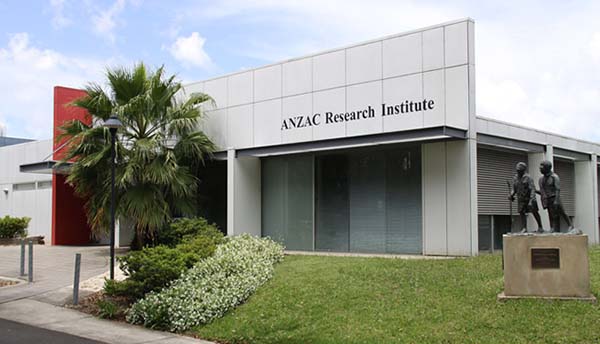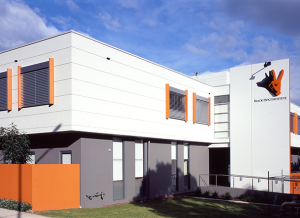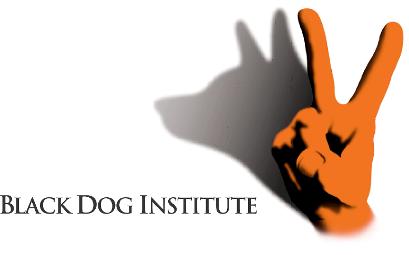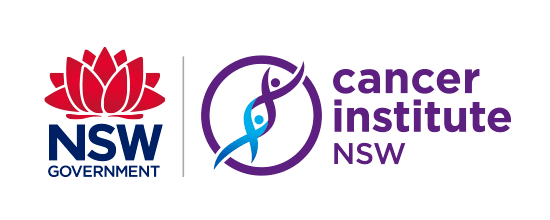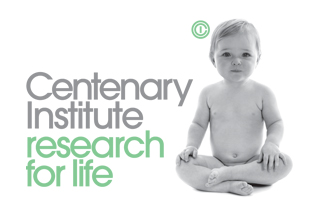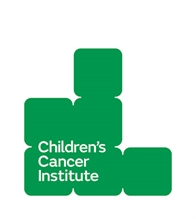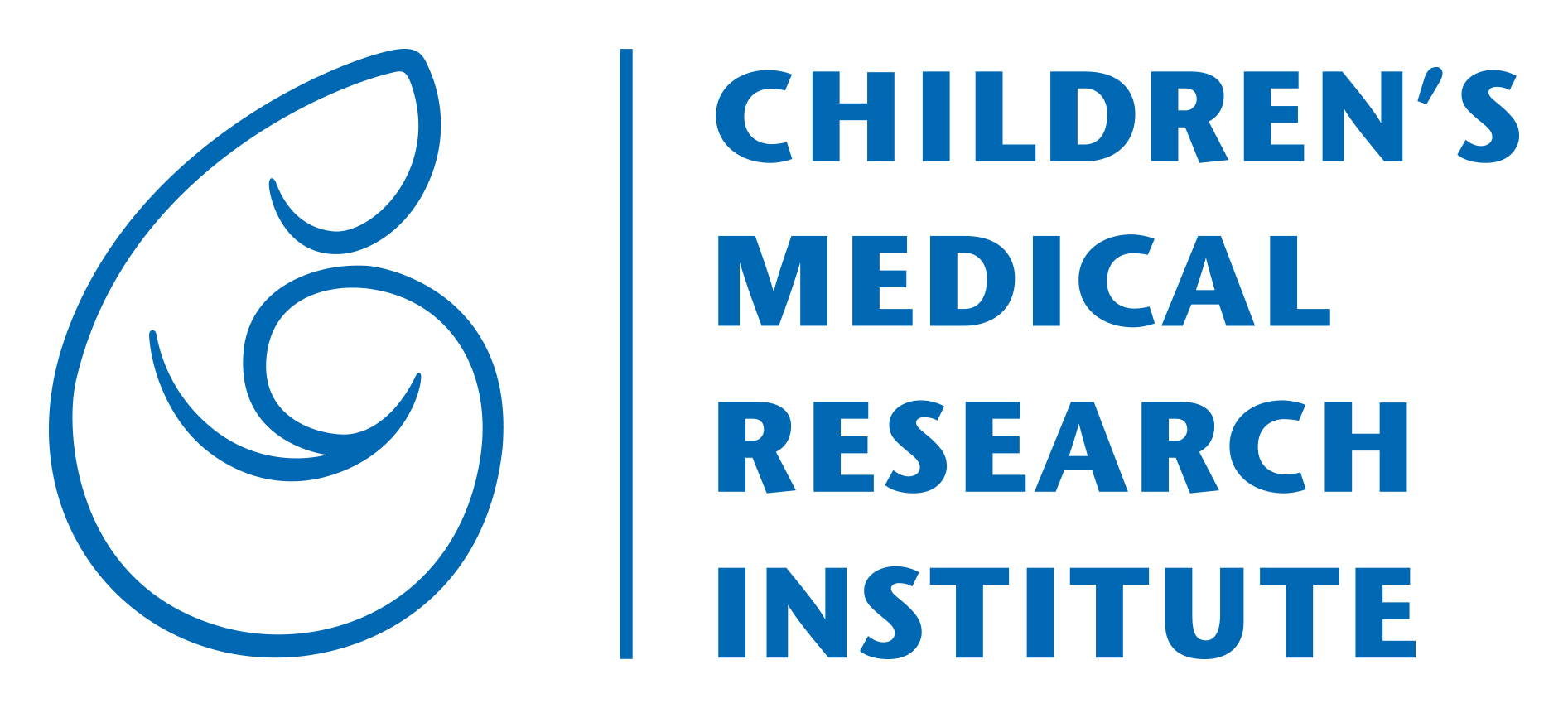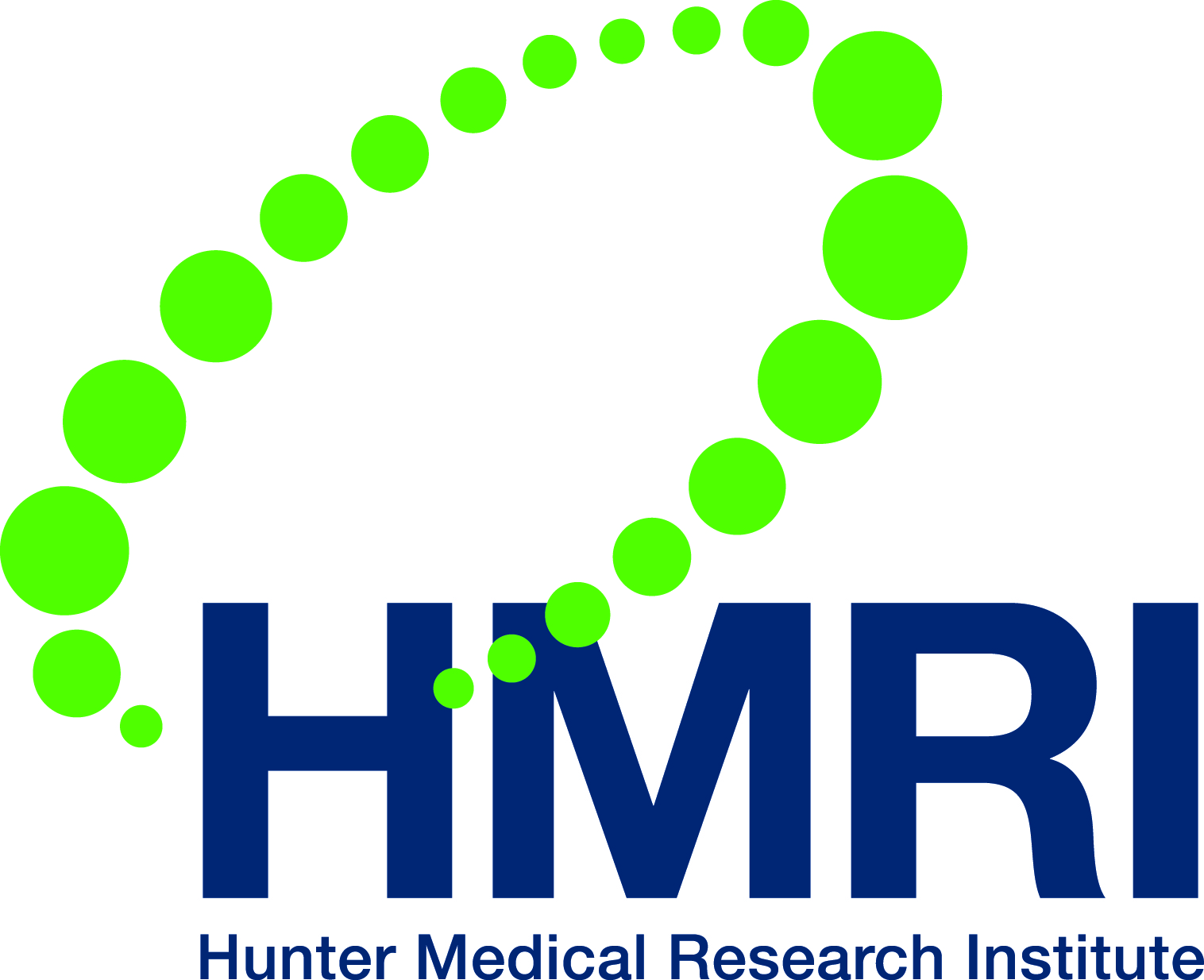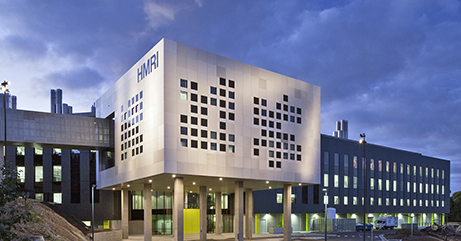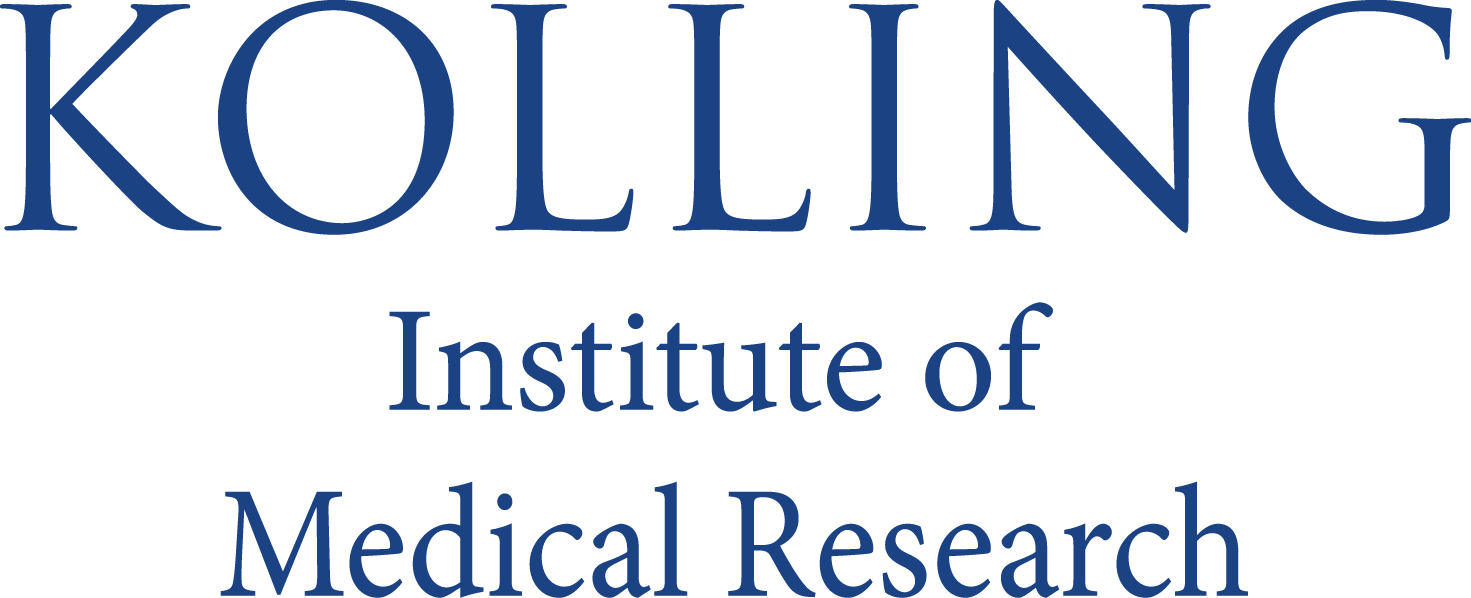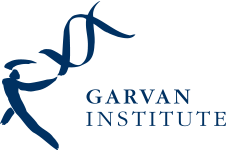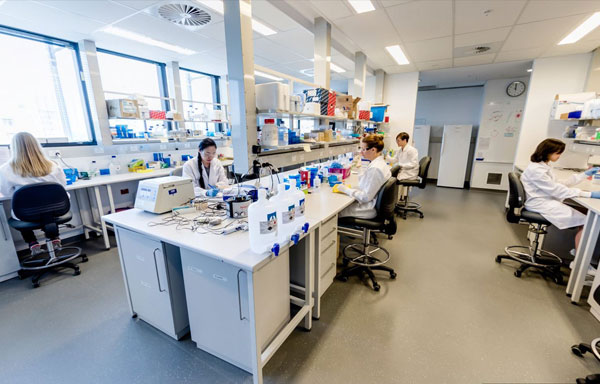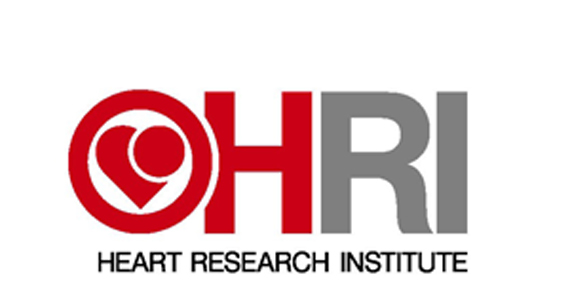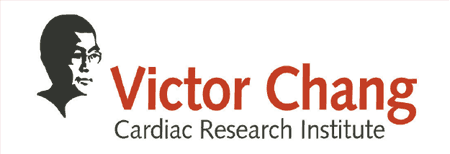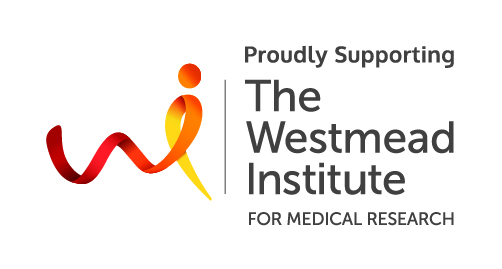NSW is home to world class health and medical research expertise and infrastructure, located in universities, independent research institutes, hospitals and local health settings.
The Office for Health and Medical Research (OHMR) in the NSW Ministry for Health is responsible for supporting the health and medical research sector, articulating key research directions and providing a range of supports including ethics, governance, data and sample repositories, networks, clinical trials, medical devices and other technical innovations, education and research partnerships.
Major programs include the NSW Medical Devices Fund (MDF) and the NSW Medical Research Support Program (MRSP).
Major independent NSW Health and Medical Research Institutes are listed below. Many institutes partner with non-Government councils, institutes and charities on preventative health evidence and strategies; clinical guidelines and decision aid tools; as well as causes and treatments for disease and ill health. NSW institutes are partners in national collaborations such as the CRC for Cancer Therapeutics, the CRC for Alertness, Safety and Productivity, the Vision CRC, the Young and Well CRC and the Population Health Research Network.
Health and Medical Research Institutes based in New South Wales
Anzac Research Institute: The main research theme of the ANZAC Research Institute is ageing, with the long-term goal of prolonging enjoyable, independent living for the ageing population through preventing the preventable and delaying the inevitable. As the only major independent biomedical research institute with a primary focus on ageing, the ANZAC Research Institute aims to co-ordinate the highest quality innovative research at all levels from public and population health, to clinical research, molecular physiology (animal models) as well as cell and molecular biology.
Black Dog Institute: The Black Dog Institute is a not-for-profit organisation and world leader in the diagnosis, treatment and prevention of mood disorders such as depression and bipolar disorder.
Brain and Mind Centre: Diseases of the brain and mind, including substance abuse, clinical depression and dementia now account for more than 40 percent of all illness. These diseases are devastating for those affected, their families, and for society, costing the Australian economy an estimated $30 billion each year. The Brain and Mind Centre brings together patients, support groups and front-line carers with scientists and clinicians working in neurosciences and brain research, providing hope for those affected.
Brien Holden Vision Institute: The Institute's core business is creating new ways to improve vision outcomes for people whose sight is affected by refractive error. Collectively, the conditions of myopia, presbyopia, hyperopia and astigmatism (all regarded as 'refractive errors') impair the vision, in some cases causing blindness, of billions of people worldwide.
Cancer Institute NSW: The Cancer Institute NSW is Australia's first statewide, government-funded cancer control agency. It was established in July 2003 through the Cancer Institute (NSW) Act 2003 to lessen the impact of cancer in NSW. It is funded by the NSW State Government and governed by the Cancer Institute NSW Board.
Centenary Institute of Cancer Medicine and Cell Biology: The Centenary Institute of Cancer Medicine and Cell Biology is an independent medical research institute located on the grounds of Royal Prince Alfred Hospital adjacent to the University of Sydney. Formal affiliations with the University and the Sydney Local Health District promote the opportunities for students to become involved in research as well as the translation of basic discoveries into clinical practices.
Children's Cancer Institute: Children's Cancer Institute is the only independent medical research institute in Australia wholly dedicated to putting an end to childhood cancer. Its state-of-the-art labs are part of the world-renowned Lowy Cancer Research Centre at UNSW Australia. The CCI also houses the Australian Cancer Research Foundation (ACRF) Drug Discovery Centre.
Children's Medical Research Institute: One in 20 children worldwide is born with a birth defect or genetic disease. Children's Medical Research Institute (CMRI) is dedicated to advancing the treatment and prevention of childhood diseases, so every child has the opportunity for a healthy start to life.
Hunter Medical Research Institute: The Hunter Medical Research Institute (HMRI) is a translational research institute based in the Hunter Region of New South Wales, Australia. Since 1998, its pioneering partnership with the University of Newcastle and Hunter New England Local Health District, HMRI has delivered key translational health and medical research and technology closely aligned to community health needs.
Illawarra Health and Medical Research Institute: IHMRI is an independent health and medical research institute based on the University of Wollongong campus in the Illawarra Shoalhaven region of New South Wales. It's building a nationally and internationally-recognised centre of health and medical research targeting regionally-relevant health improvements through novel treatments, better clinical practice and preventative health.
Kolling Institute of Medical Research: Located on the grounds of Royal North Shore Hospital in Sydney, the Kolling Institute of Medical Research is the principal centre of health and medical research affiliated with the Northern Sydney Local Health District. As a centre of research excellence the Kolling has a major role in research training through the Northern Clinical School of the University of Sydney Medical School.
NeuRA: Neuroscience Research Australia (NeuRA) is an independent, not-for-profit research institute based in Sydney, Australia. As a leader in brain and nervous system research, our goal is to prevent, treat and cure brain and nervous system diseases, disorders and injuries through medical research.
The Garvan Institute of Medical Research: Research at Garvan is focused upon understanding the role of genes and molecular and cellular processes in health and disease as the basis for developing future preventions, treatments and cures. For over 50 years, significant breakthroughs have been achieved by Garvan scientists in the understanding and treatment of diseases such as: Cancer; Diabetes and obesity; Neurological diseases such as Alzheimer's, Parkinson's, hearing loss, mental illnesses and eating disorders; Osteoporosis; Immunological diseases such as asthma, rheumatoid arthritis, multiple sclerosis and Sjogren's syndrome. Garvan's ultimate goal is prevention, treatment or cure of these major diseases.
Pictured: a laboratory in the Kinghorn Cancer Centre at The Garvan Institute
The George Institute for Global Health: The mission of The George Institute for Global Health is to improve the health of millions of people worldwide. With projects in more than 50 countries, they have raised over 500 million dollars for global health research since 1999 and have been ranked among the top 10 research institutions in the world for scientific impact by the SCImago Institution Rankings World Report in 2011, 2012, 2013 and 2014.
The Heart Research Institute: For over 20 years, The Heart Research Institute has been one of Australia's leading research organisations working to detect, prevent and treat heart disease. Through our research, The Heart Research Institute has made significant findings that have changed the way we live with and treat Australia's number one killer.
The Sax Institute: The Sax Institute is a national leader in promoting the use of research evidence in health policy. We aim to be the bridge between researchers and health decision makers, giving each the tools to work more closely together to benefit all Australians.
Victor Chang Cardiac Research Institute: The Victor Chang Cardiac Research Institute, set up in memory of the pioneering heart surgeon and humanitarian Dr Victor Chang, is dedicated to fighting cardiovascular disease through research.
Westmead Institute for Medical Research: The Westmead Institute for Medical Research (WIMR) is one of Australia's largest and most productive medical research centres, internationally recognised for our groundbreaking work into many of the most significant diseases affecting humankind. Its research spans infectious and immune diseases; cancer and leukeamia; liver and metabolic diseases; eye and brain-related disorders and heart and respiratory diseases. Closely affiliated with both Westmead Hospital and the University of Sydney, WIMR's research extends from the laboratory to the patient using the basic tools of molecular and cell biology, genomics, genetic epidemiology, human and cell imaging technology, cell and gene therapy and clinical research. The Institute's bench-to-bedside approach has enabled it to achieve greater translation of research from biomedical discovery into new prevention strategies, diagnostics, prognostics, therapies and vaccines.
Woolcock Institute of Medical Research: The Woolcock Institute of Medical Research is a multidisciplinary team dedicated to understanding and treating respiratory and sleep disorders. With over 200 research and clinical professionals, WIMR is a world leader in the area of research, clinical diagnosis and treatment

